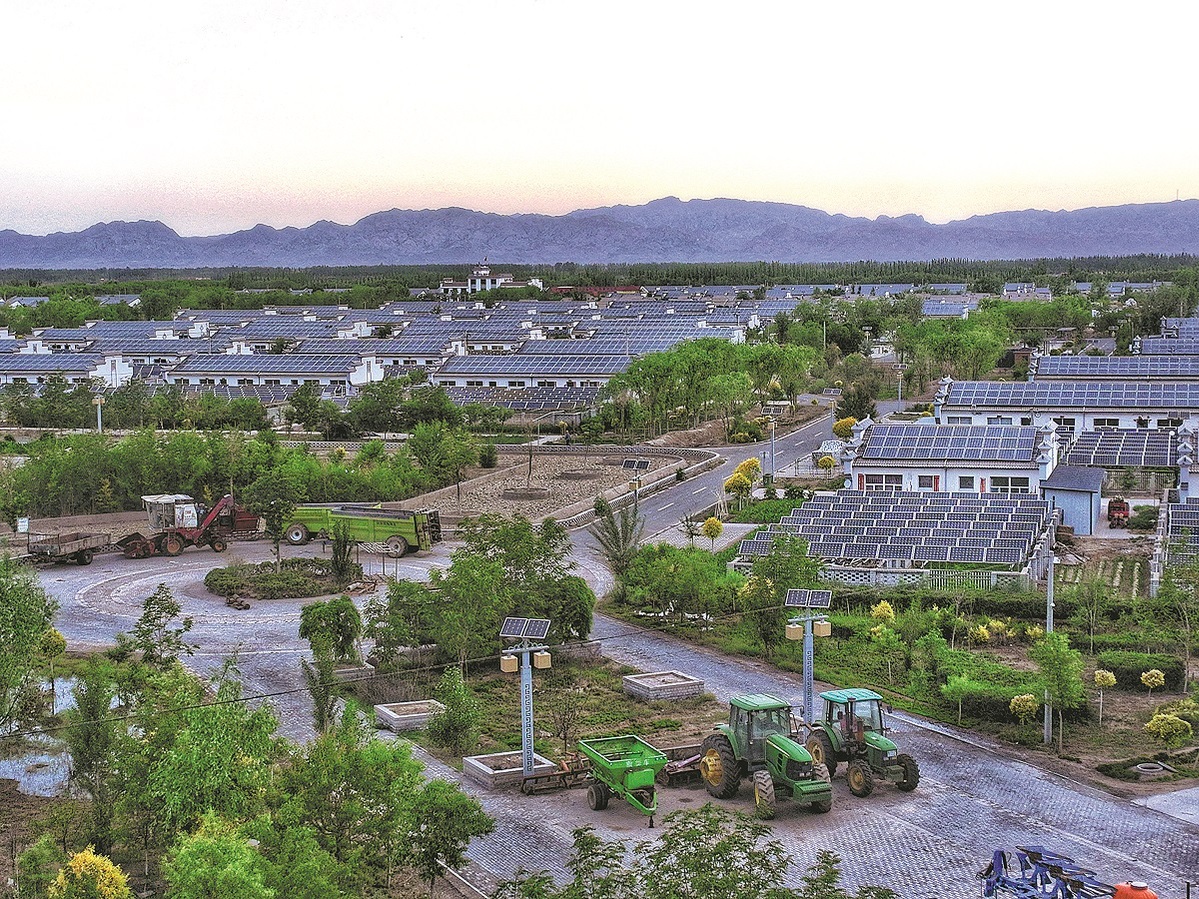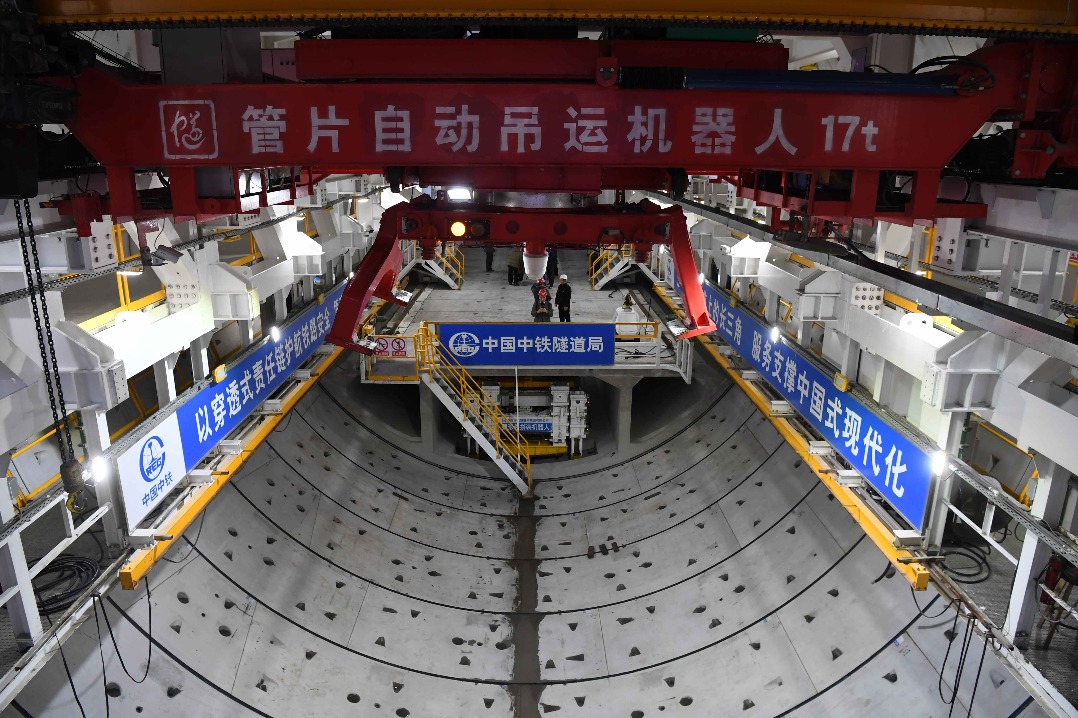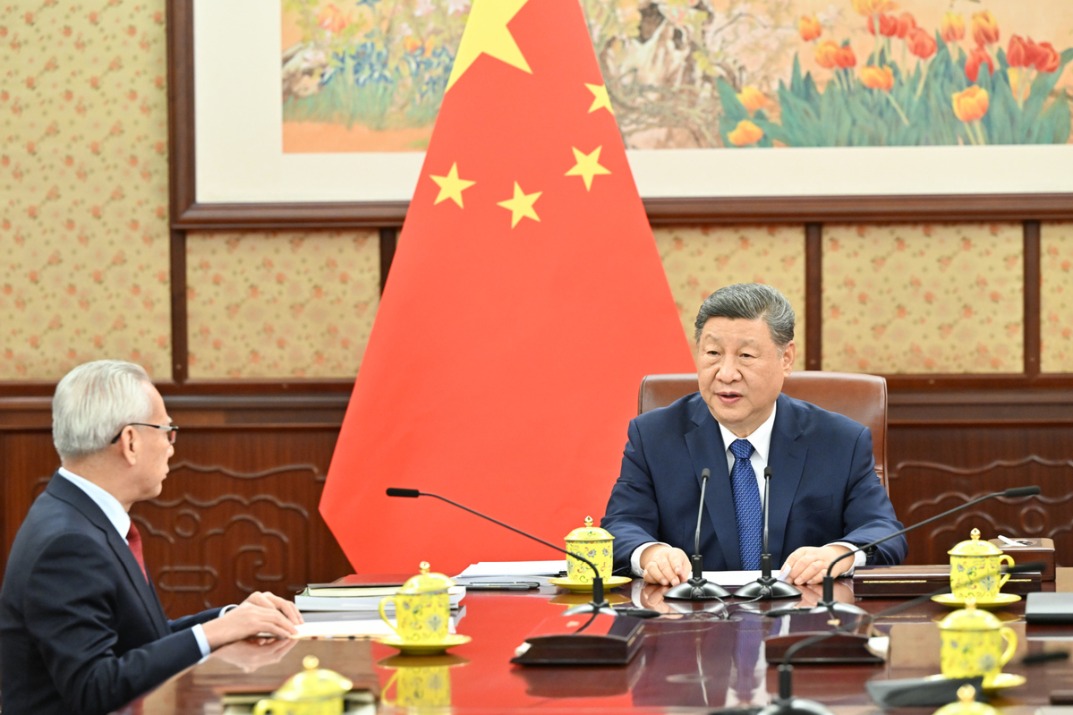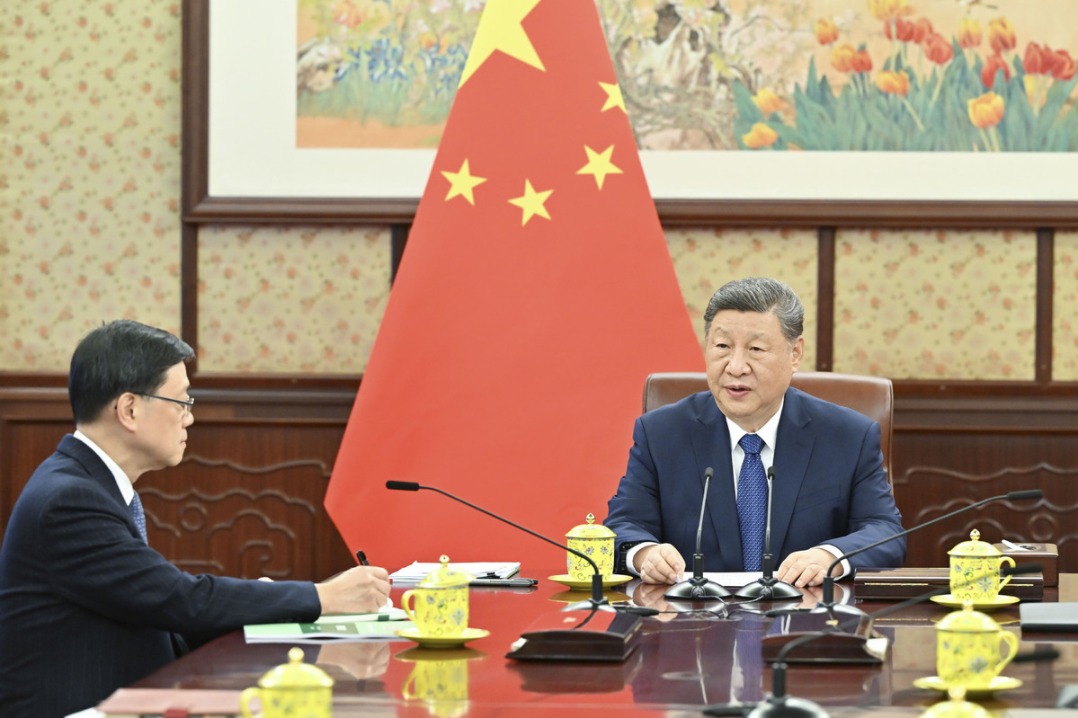Panels put rural homes on energy map
Villagers benefit from 'whole-county' pilot program's encouragement of distributed solar photovoltaic development. Hou Liqiang, Yuan Hui and Ma Jingna report.


Editor's note: As protection of the planet's flora, fauna and resources becomes increasingly important, China Daily is publishing a series of stories to illustrate the country's commitment to safeguarding the natural world.
Viewed from a distance, Lianxing looks more like a solar energy farm than a rural village of 457 households. There are solar photovoltaic panels on almost all its rooftops and in every courtyard.
For generations, residents of the village in Wuyuan county, Inner Mongolia autonomous region, depended on straw, firewood and coal for cooking and heating.
But they have now abandoned those fuels, which often made their homes dirty, 40-year-old villager Shi Baohong said.
The new power generation facilities have also brought villagers a consistent stream of income with little effort. Shi earns almost 10,000 yuan ($1,400) a year from his solar PV panels and said there is still enough space between them to plant herbs and other cash crops in his courtyard of more than 300 square meters.
As China forges ahead with energy transition and rural vitalization, Lianxing and its almost 1,400 residents are a microcosm of the synergy that can be generated when the two campaigns are promoted simultaneously.
Different development modes have emerged, with rural residents being major beneficiaries.
The National Energy Administration said the installed capacity of household distributed solar PV power generation reached about 105 gigawatts by the end of September. That's over four times the capacity of the Three Gorges Dam project — the world's largest hydropower facility.
To date, more than 5 million rural households have been covered by the distributed power generation facilities — systems installed close to the place the electricity will be used. The rapid development has not only boosted energy transformation, but also driven the growth of farmers' incomes, the administration said in November.
It said roughly half the growth in the capacity of distributed solar PV in the first three quarters of last year — almost 33 GW — was contributed by household panels.
The administration also noted the huge potential for distributed solar PV power development in rural China, saying almost 27.3 billion square meters of rooftops belonging to more than 80 million rural households are suitable sites for panels.
It vowed to further promote its "whole-county" distributed solar PV development pilot program as part of efforts to drive even greater adoption.
Launched three years ago in 676 pilot county-level areas, the program aims to tap the potential of the rooftops of government and public buildings, industrial and commercial complexes and rural homes for distributed solar PV development.
























